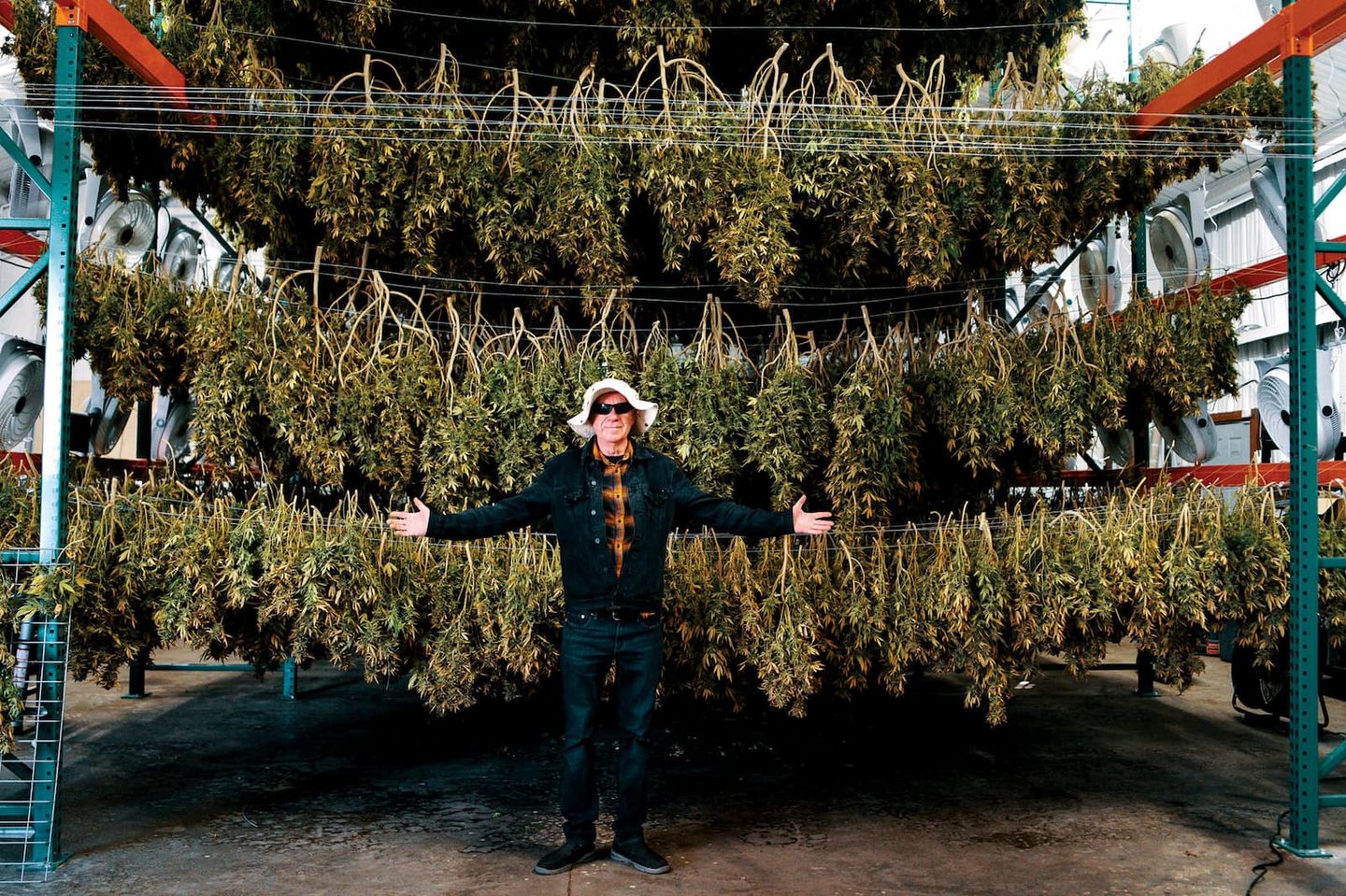Over the past half-century, Ed Rosenthal has authored or co-authored nearly 20 books on Cannabis which have collectively sold over 2 million copies. The eccentric cultivator, activist and educator is also credited with discovering Durban Poison and cofounding both High Times magazine and Amsterdam’s famous Hash, Marihuana and Hemp Museum. It’s no wonder he’s come to be known as “the guru of ganja.”
Planting the Seeds
Born in the Bronx on December 2, 1944, Edward Rosenthal had a “very unhappy” childhood growing up in a “typical dysfunctional family of the ‘50s era.” As an escape, he developed a passion for horticulture that would later become his life’s work.
Though he doesn’t specifically recall the first time he smoked marijuana, he knows he was around 21.
“I first started in 1966,” he said in a 1984 interview with High Times. “I bought a lid and smoked it with my college roommate … and I remember thinking, ‘This is the greatest thing that’s ever happened in my life.’”
Soon after, he bought some fluorescent lights, planted a few seeds he found in some Mexican weed, and started growing his own smoke in a spare room of his apartment.
The Yippies
In 1967, Rosenthal dropped out of college and moved to the East Village to become a hippie and immerse himself in the city’s thriving counterculture.
“I went to a ‘Be-In’ in Central Park, and Abbie Hoffman was onstage. He jumped down, started handing out acid. He put a tab on my tongue, and I swallowed it and went through a really powerful, horrible experience,” Rosenthal recounted to HT. “After that, I never suffered from serious dysfunctional depression again.”
Around the same time, he fatefully encountered another soon-to-be Yippie activist icon.

“One day, I walked out of my apartment and noticed there was a march going on. I said, ‘What’s it about?’ And they said, ‘This guy has been arrested for selling acid and taken to the federal building.’ I thought, ‘Well, that’s a good thing to march for.’”
The person who’d been arrested was Dana Beal. After his release, Beal befriended Rosenthal and recruited him into the Yippies. It was through Dana and the Yippies that Rosenthal met pot smuggler Tom Forcade in 1971. The two quickly sparked a friendship, and one day while getting high together, they came up with a brilliant idea.
“Tom, a fellow by the name of Ron Lichty and myself were all living in a collective down on 11th Street,” he recounts. “We were all part of the Underground Press Syndicate, and we had a bit of money in that organization, so we decided to start a magazine, and that magazine became High Times.”
Unfortunately though, Rosenthal was never credited as a cofounder, because shortly after coming up with the idea, a questionable acquaintance convinced Forcade to threaten Rosenthal and throw him out.
“There was a friend of Tom’s that was working undercover for the government,” Ed alleges. “He tried to destroy the magazin
The Grower’s Guide
Thankfully, Rosenthal didn’t need HT to establish himself as an expert in Cannabis cultivation. In 1971, he began building and selling small greenhouses, and in an attempt to get free promotion in their “New York Flyer” supplement, pitched Rolling Stone an article about growing pot. As it happens, another cultivator named Mel Frank had beat him to the punch. After Rolling Stones’ editors arranged a meeting with Frank, Rosenthal suggested that they collaborate on a book. Though reluctant at first, Rosenthal’s persistence eventually persuaded Frank.
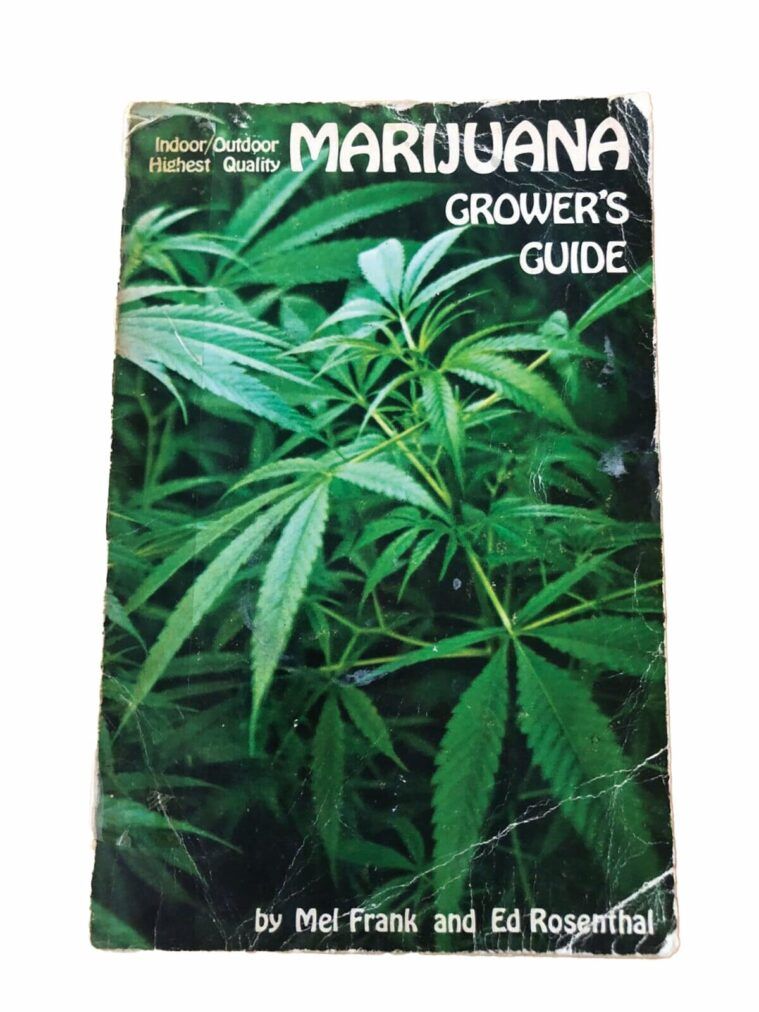
As part of their research, they met with Dr. Carlton Turner of the University of Mississippi’s Marijuana Research Project – the only legally-sanctioned Cannabis farm in America. Turner provided them access to recently-published scientific papers on pot, which they then used – along with their own knowledge of horticulture – to produce the first comprehensive textbook on Cannabis cultivation: “The Marijuana Growers’ Guide.”
The first edition of their groundbreaking grow manual was published in 1974, and by 1978 an updated edition of the book was reviewed by the New York Times. Thanks to that review, the book sold over 1 million copies – informing and inspiring a generation of ganja growers, and establishing Frank and Rosenthal as America’s leading authorities on Cannabis cultivation.
Marijuana Museum
In 1985, Rosenthal flew out to Amsterdam to connect with other leading breeders and growers – including Wernard Bruining, Old Ed Holloway, Skunkman Sam and Nevil Schoenmakers. While there, he was contracted by two coffeeshop-owning Dutch brothers to curate the first international Cannabis museum.
“They’d put together this whole museum – it was only missing one thing: the exhibits. They needed somebody who could fill it in three weeks, so I put together a team, worked 16 hours a day, and got it done.”
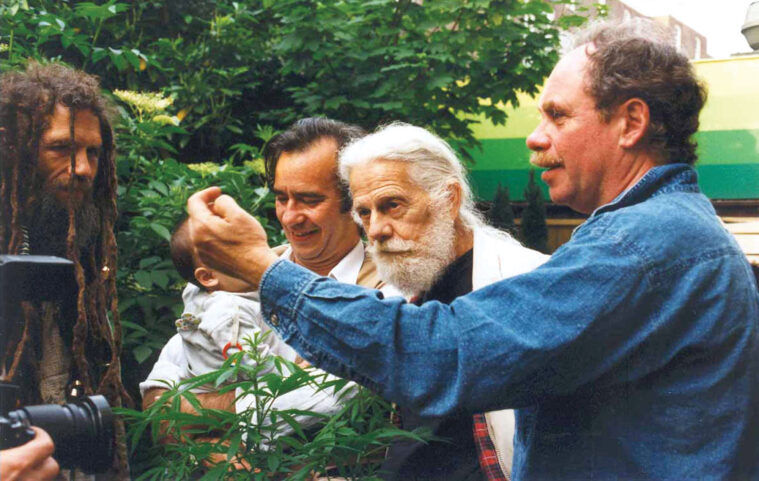
In 1987, Rosenthal’s friend Ben Dronkers purchased that project, rebranding it as Sensi Seeds’ Hash, Marijuana, and Hemp Museum. (A few years later, Dronkers also bought the Holland Seed Bank from Schoenmakers, who Rosenthal had introduced him to.)
High Times
That same year, Rosenthal helped organize and judge the first-ever Cannabis Cup in Amsterdam. After Forcade’s suicide in 1978, Rosenthal had been welcomed back into the HT family as a regular contributor. In 1983, he premiered his monthly grow advice column “Ask Ed,” which became the longest-running column in the magazine’s history – that is, until 2000, when it was discontinued due to a legal dispute between Rosenthal and the magazine’s owners.
The trust Forcade had set up to fund the magazine stipulated that in the year 2000, ownership of the magazine would be passed to “loyal employees” who’d been with the company for 10 years or more (Rosenthal claims it was five years, but other accounts say 10). Rosenthal believed he qualified to receive shares in the company, but the trustees disagreed – claiming that he was merely a freelancer, rather than an employee. As a result, he filed a lawsuit against the company to obtain the shares he felt he was owed—a suit which he ultimately lost.
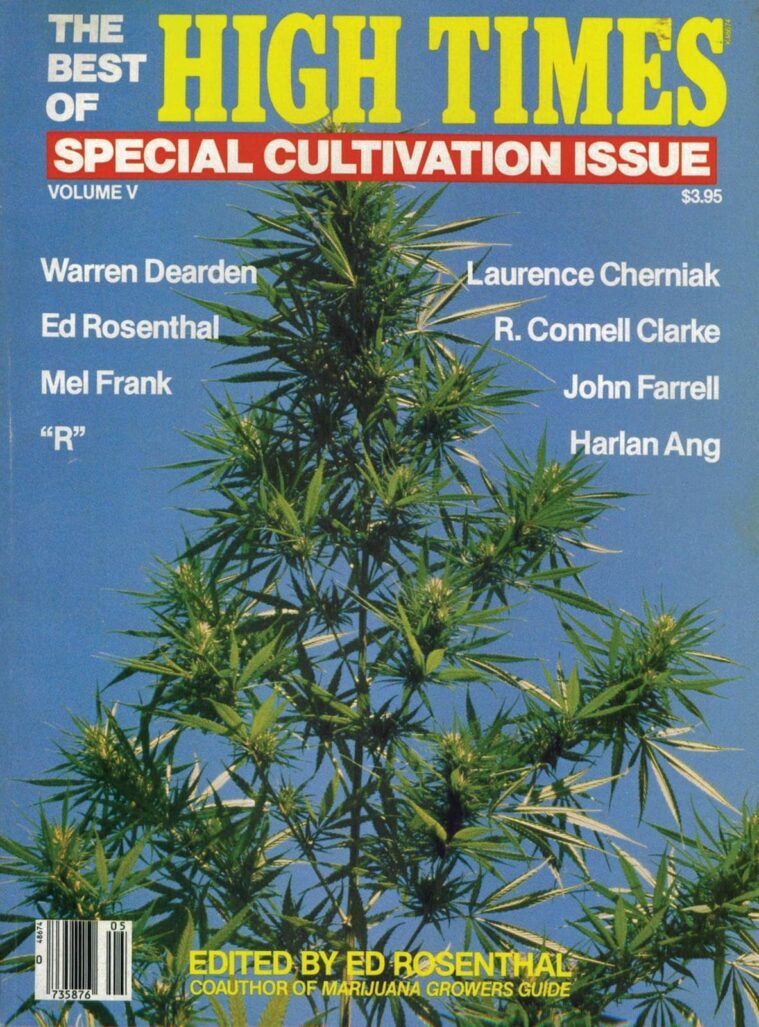
United States v. Rosenthal
Unfortunately, Rosenthal would end up back in court a couple of years later: like many other Cannabis cultivators and activists, he found himself in the crosshairs of the DEA when, on February 12, 2002, federal agents raided his home and nursery in Oakland.
“It was six in the morning, and there was banging at the door. Since I sleep naked, I went down naked to see what was happening … so they knew I was unarmed,” he jokes.
Rosenthal was charged with the cultivation of over 100 plants, but the irony was that the city had legally permitted his garden; in 1999, he’d been appointed an “Officer of the City of Oakland” – deputized to grow those plants for various medical marijuana clubs around the Bay Area. Although it was a nonprofit grow that had the blessing of the city and was legal under Prop 215, his lawyers were prohibited from presenting any of that information to the jury because the case was federal – and therefore state law didn’t apply.
Recognizing that the trial was a farce, Ed employed classic Yippie theatrics by wearing a “wizard of weed” costume into court. These tactics helped draw national media attention and sway public opinion about medical marijuana. Nevertheless, without a viable medical defense, he was convicted in 2003. After the trial, when the jurors learned about the mitigating circumstances, most of them recanted their verdict and begged for his forgiveness.
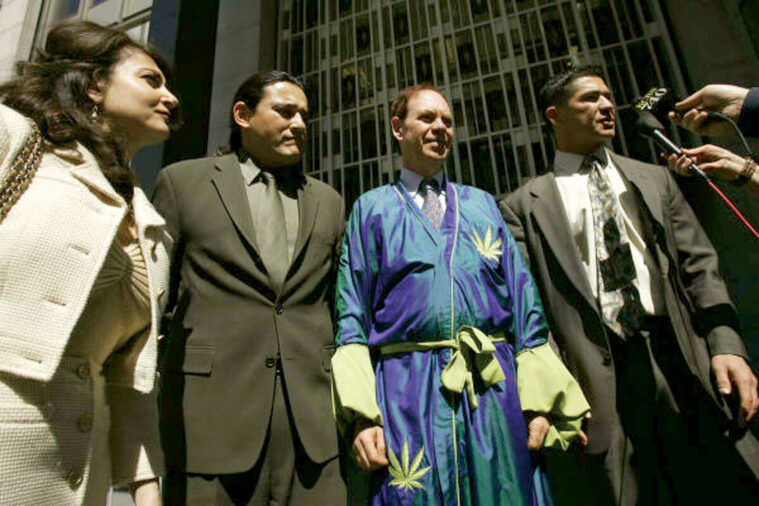
“They felt terrible,” Rosenthal says. “At my sentencing, 10 of the jurors gave a news conference saying that they were duped by the judge. That was the first time in American history that ever happened, to my knowledge.”
Capitulating to social pressure, Judge Charles Breyer sentenced Rosenthal to just one day in jail, time served. Three years later, after the 9th Circuit Court of Appeals overturned his conviction on a technicality, the U.S. Attorney’s office decided to re-indict him – instigating a second trial in May 2007, presided over by the same judge. Once again, he was prohibited from mounting a medical defense and was convicted.
“I was found guilty again, but I had already done my time, so after the verdict I just walked out. They’d given me a day, and I had done 36 hours, so they still owe me 12 hours,” he jokes.
Giving Back
At age 77, Rosenthal is at the peak of his prestige. He’s won numerous lifetime achievement awards and continues to make appearances at Cannabis events around the world. His latest project is the Million Marijuana Seed Giveaway – doling out free seeds of different cultivars he and his friends have bred in an effort to encourage his fans to become pheno hunters. Some of those free seeds are included in the “Prisoners of Weed” book packs for sale on his website, with 10 percent of the proceeds going to the Last Prisoner Project. So far, the packs have raised over $6,000 for pot POWs.
“I didn’t have to do time after I was raided … but there are still people out there doing time for a plant many are profiting on now, and that’s wrong,” Rosenthal recently told HT. “We need to change that – yesterday.”

